(Psst: The FTC wants me to remind you that this website contains affiliate links. That means if you make a purchase from a link you click on, I might receive a small commission. This does not increase the price you’ll pay for that item nor does it decrease the awesomeness of the item. ~ Daisy)
by Indiana Lee
We’re all looking to save more money at the moment. COVID has caused rapid inflation across almost all industries, and disruptions to supply chains have made it harder to find the goods we love at a reasonable price.
This has led many folks to return to their gardens in search of healthy, cheap, produce. But, when we’re not in a growing/harvesting season, it can be hard to know what to do with your garden.
Well, one of your best options is to start canning your food before it goes to waste, so that you have delicious, well-preserved food that comes straight from your garden — you can even dabble in jams and chutneys!
What are the costs of canning?
First things first: does canning actually save you money? Well, it depends. Provided you fill the jar to its top and reuse your jars for more than one year, then, yes, you will save money. If you half-fill every jar, and never can produce again, then you’re probably better off heading to the grocery store instead.
The best way to reduce your canning costs is to reuse any old mason jars you have at home. But, if you need to restock, you can usually find jars online for around $1.40 – $1.80 each. Depending on the canning you plan to do, you might need to invest in a canner, as well. These generally cost around $50.
The next thing you’ll need to account for is the cost of the food you plan on canning. Fortunately, this step tends to be incredibly cheap. It also gives you a glimpse into the future to where you will be saving money by canning rather than buying canned goods.
Let’s say you want to can your tomatoes. Well, a pound of tomatoes costs around $0.40 – $0.50 to grow. You need about three pounds of tomatoes to produce a quart of canned tomatoes, so your cost per ounce will be around $0.04 per ounce. A quick search online shows that most commercially canned tomatoes cost around $0.11 per ounce — so you can expect to save a great deal of money just off of canned tomatoes alone over the period of a few years.
The bottom line is that canning works out if you plan to can for the foreseeable future. If you reuse your jars and continue canning for the next ten years, then you can expect to pay around $0.54 per quart. But, if you’re only going to can for one season, then you’re much better off sticking to the goods you find in a grocery store. So, if you want to get into canning, then you can expect to make some serious savings over time.
Yeah, you can save money by canning, but are there other reasons to can?
Canning makes financial sense in the long run. But, more importantly, canning can help you live a healthy, sustainable lifestyle from day one. That’s because your own canned foods aren’t crammed full of preservatives and additives, nor have they been carted thousands of miles to make it into your pantry.
Over time, eating your own canned foods instead of store-bought can improve your overall health and help you achieve your weight-related goals. This leads to a host of health benefits, such as improved sleep, better mental health, and an improved immune system.
How do you can safely?
Every fruit or vegetable you plan on canning has a slightly different recipe that you’ll need to follow to ensure they are stored safely. This is mainly because acidic and basic foods need to be treated differently. You also need to follow your specific canner’s instructions, as the pressure required can vary between appliances.
Regardless of the recipe you follow, you need to sterilize your jars to ensure that the canned goods stay safe and don’t provide a tasty home for bacteria. Start by washing your jars in hot soapy water, then pop them in the oven at 320 to 350 degrees Fahrenheit for 15 minutes. This kills any bacteria that could be lurking in your jars, and keeps you and your loved ones safe.
Nobody wants to eat a jar of botulism for dinner.
Can you save money by canning? Absolutely!
Canning is a great way to save a few dollars and can help you live a healthier, more fulfilling lifestyle. Simply put, there are few things better than opening a jar of canned fruits in the winter when your fresh produce has run out. They can also make for great gifts, as everyone loves jams, preserves, and tasty canned fruits.
What are your thoughts though? Have you noticed any savings from canning your own garden produce? Have you saved money in the past by canning food bought in bulk from your local farmer’s market? Let us know your thoughts in the comments below!
About Indiana
Indiana Lee lives in the Northwest and has a passion for the environment and wellness. She draws her inspiration from nature and makes sure to explore the outdoors regularly with her two dogs. Indiana has experience in owning and operating her own business. Feel free to follow her on Twitter @indianalee3
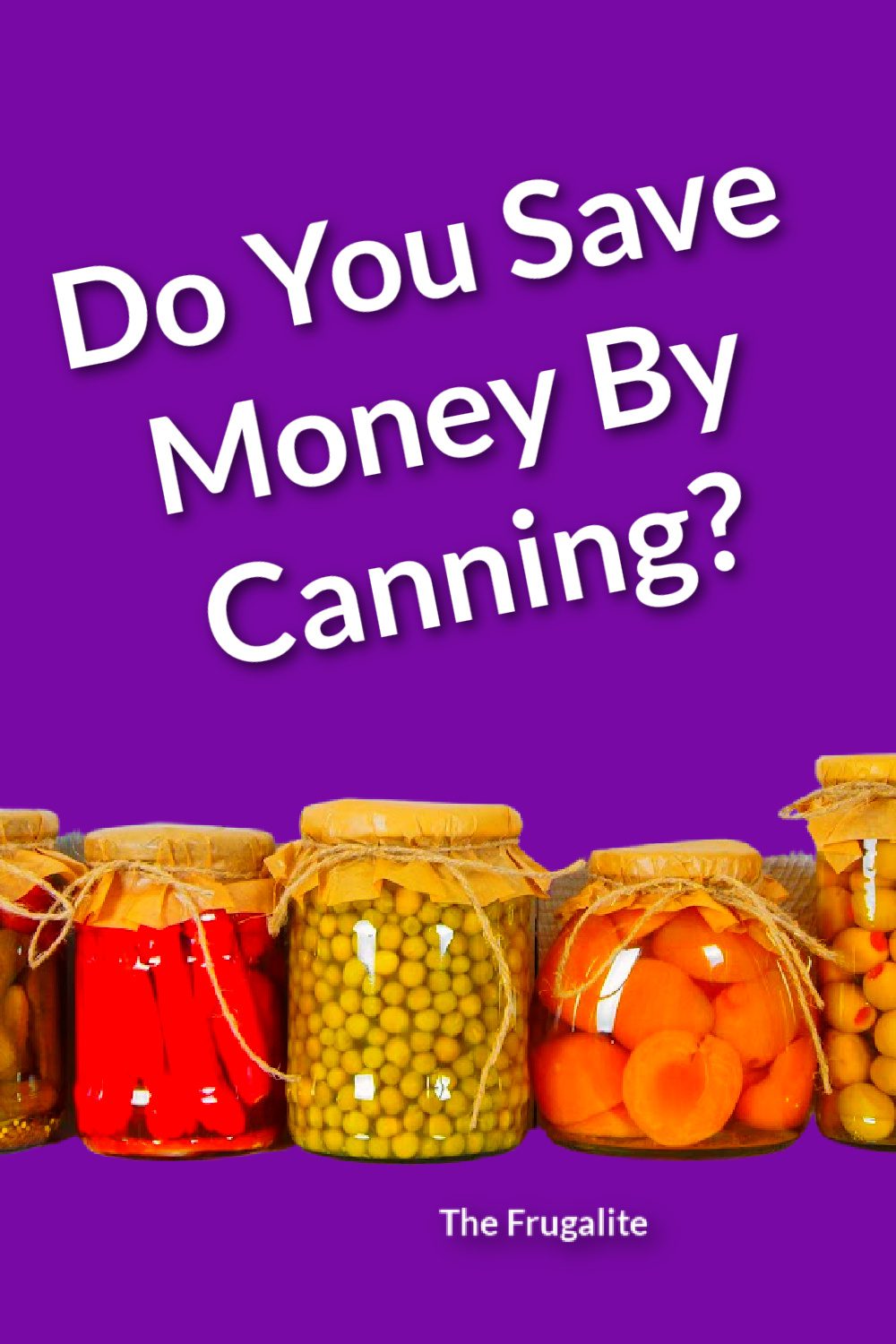

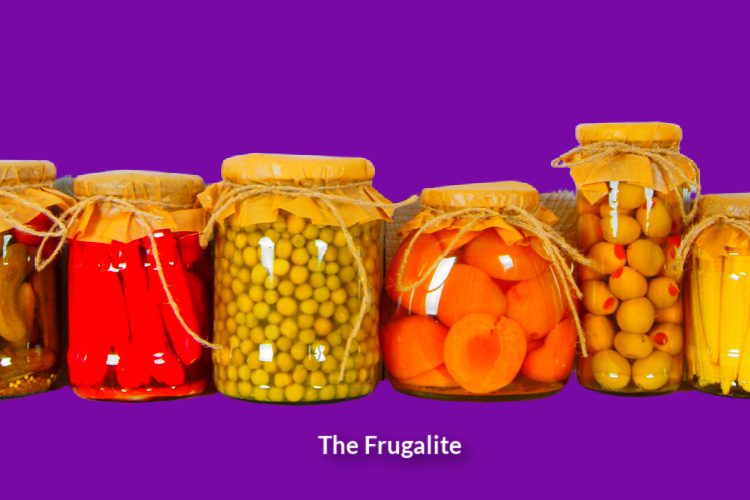


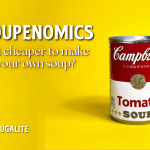


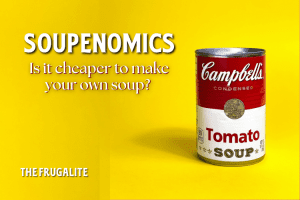
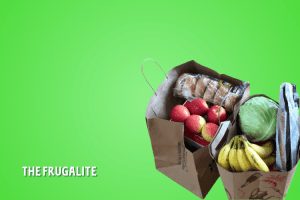


8 thoughts on “Do You Save Money By Canning?”
This article is about the potential cost savings of canning. My thought is that while cost is one consideration, there are other issues that rank highly for some people and that can lead to alternate means of food preservation. I do have much respect for canning as my ancestors were persistent canners over many decades and today’s living heirs are very grateful. But there are alternatives today for comparison.
While historically there were alternatives like salting, pickling, smoking and air drying, today in addition to solar drying and air drying way up high enough so that winds can keep any bugs away (A centuries old French practice) there are now electric dehydrators and freeze dryers that have their own advantages.
While most (not all) garden produced foods can preserve well by dehydration, that successful majority will have some 90+% of the original nutrition saved. In contrast, canning only saves about 50% — according to Tammy Gangloff of dehydrate2store.com
The portability issue matters to some people but perhaps not to others. There is an obvious limit to how much canned goods can be transported (or in the worst case, backpacked or hand-cart trailered). In contrast, the amount of dehydrated foods surpasses canned goods on issues of weight, size, and greater density of nutrition. That’s why a lot of campers, backpackers, bicycle and motorcycle enthusiasts, etc depend heavily on dehydrated foods to bring along. The same would be the case for either short term or long term (INCH type) bug-out people.
I’m not trying to dictate anyone’s choices. I’m just pointing out that there are other significant issues to consider beyond the cost of preservation. Knowing about those other issues can help you make the wisest choices for your circumstances and future expectations.
–Lewis
Absolutely Lewis , I started out dehydrating and still do it weekly . I brought a cheap dehydrator and graduated to a better one and then incorporated hanging nets shelves as we moved to a super hot environment. I use a water bath canner like my nan and have a pressure canner but haven’t used it yet . In Australia most don’t can so super hard and expensive to get jars . We do lots of pickling and fermentation here still . We are now in a position to increase our garden size and hopefully by next summer all the work I’ve done this year with planting my fruit trees (been in pots for a few years) start producing. I do all this as my kids have special needs if they can pick it they generally eat it and love helping mum make apple chips or sitting in the strawberry patch . I hope to be in a position to can a lot more for me I couldn’t afford to buy organic so we grow it but knowing our food chain is so important as is the health benefits.
Two more items I thought of too late to edit into my post above
1. I should have added that dehydrating (for the majority of fresh produce it works on) can be used on fresh grocery store produce as well as your garden fresh produce I mentioned.
2. I should have mentioned that a good vacuum sealer along with a supply of bags (or plastic that could be made into bags) and oxygen absorbers is critical to achieve the best longevity of your dehydrated goodies. While there are multiple brands of sealers to select from, the best how-to book I’ve ever found to use your sealer most effectively is this Kindle ebook at $7.97:
The Complete Vacuum Sealer Guide, Kindle Edition
by Roger Seher
https://www.amazon.com/dp/B004VF6BHQ/ref=pe_385040_118058080_TE_M1T1DP
Then there is this article on several other uses for a vacuum sealer that preppers could appreciate:
https://www.finalprepper.com/why-the-vacuum-sealer-is-a-preppers-bfin/
–Lewis
Canning can definitely save you money. Especially if you grow it or can harvest it for free or a nominal price ( think neighbors or friends trees). Also if you purchase meats on sale canning the cheaper/ tougher meats makes them tender and a lot less expensive that bought meat
If you raise or harvest the meat yourself you save even more. Also you can make bone broth and can it for future use. Also you can control the water, seasonings, salt and size when you can it yourself. I highly recommend getting into canning. I also dehydrate and it’s perfect for spices, vegs like onions, garlic, spinach etc. It’s a very rewarding endeavor ☺.
IMHO, any method of food storage is worth it. When it comes to canning, even if you do *not* break even, having food on hand is well worth it. That haven’t-broke-even jar of tomatoes (sauce or otherwise) is much appreciated when the store shelf is empty OR you have insufficient funds to purchase.
I agree dehydrating should also be considered. Nothing better than snacking on a handful of dehydrated fruit.
I sun dry fruits and some vegetables. Dry herbs by hanging in a shaded place. Can a lot every year. I plan a large garden each year. I’ve been slowly adding fruits and berries to the property. I have a lot of heirloom seeds saved fresh nearly every year.
It just me now but ill still fill the jars. It gives me resources for church potluck dinners or helping out a neighbor widow raising 3 grandchildren.
I just taught my son how to can and I’m helping him out with a start of jars, a pressure canner, and gardening seeds. He is enjoying canning so much that he bought another used pressure canner.
This article discusses out some great points! Even if the food I can isn’t cheaper than what I can buy in the store, it’s much healthier! For example, one pint of meat sauce costs me $2.25, partly because all I buy is the meat. I’ve been reusing my jars for ten years, ditto my canner. While I can get a jar of meat-flavored sauce for a good bit less, the store bought jar contains too many chemicals and no meat. Not only can I name the ingredients in my jars, I can recognize them on my plate. Better nutrition now means fewer health problems down the road.
One other point: the link leads to a water bath canner. Mine is both a water bath and pressure canner, and cost a bit more than $50 ten years ago! These days canners cost more. It’s a great investment though. I sterilize both my food and my mushroom growing substrates in my pressure canner.
Thank you for this timely post!
I’ve been debating getting into canning and have been urged to do so by friends (who sadly live in another state, so I can’t go to their place for a tutorial ?).
This article may have helped me make up my mind.